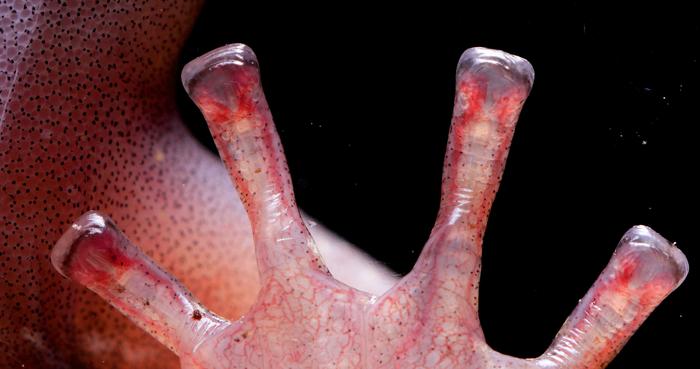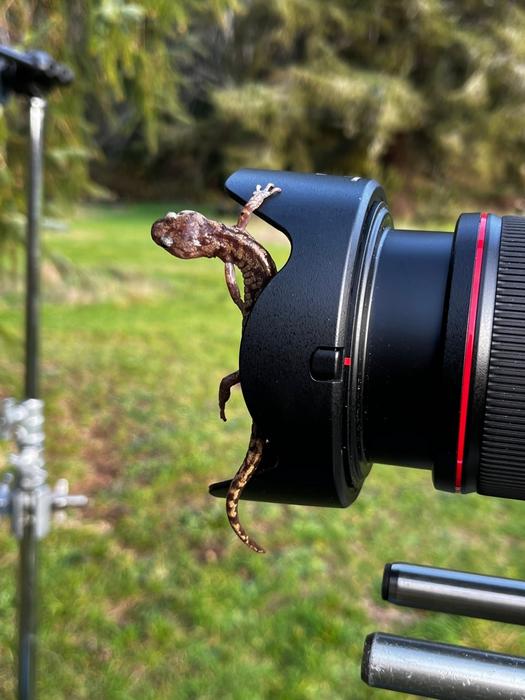The unusual feature that helps salamanders glide over the world's tallest trees
Blood flow in the toes of wandering salamanders helps them to glide over the tops of redwood trees

Your support helps us to tell the story
From reproductive rights to climate change to Big Tech, The Independent is on the ground when the story is developing. Whether it's investigating the financials of Elon Musk's pro-Trump PAC or producing our latest documentary, 'The A Word', which shines a light on the American women fighting for reproductive rights, we know how important it is to parse out the facts from the messaging.
At such a critical moment in US history, we need reporters on the ground. Your donation allows us to keep sending journalists to speak to both sides of the story.
The Independent is trusted by Americans across the entire political spectrum. And unlike many other quality news outlets, we choose not to lock Americans out of our reporting and analysis with paywalls. We believe quality journalism should be available to everyone, paid for by those who can afford it.
Your support makes all the difference.Slippery salamanders glide mysteriously through the canopies of the world’s tallest trees. Now, scientists say they understand how the small skydivers are able to maneuver seamlessly across California’s coastal redwoods.
The answer might be surprising. Wandering salamanders can fill, trap, and drain the blood in their toe tips to help them easily attach and detach to the bark of the trees.
Christian Brown, the lead author of new and related research and an integrative physiology and neuroscience postdoctoral researcher at Washington State University, first noticed it during filming for the NBC documentary The Americas. Bright red blood rushed to the creatures’ translucent, square-shaped toe tips before they took a step forward.

“We looked at each other like, ‘Did you see that?’” Brown said in a statement.
The university-led findings were published Wednesday in the Journal of Morphology.
Using camera equipment from the production, high-resolution video helped the researchers to analyze the mechanism.
Regulating blood flow, the authors said, allows the long-legged wandering salamanders to adjust pressure asymmetrically. Blood rushing in before the “toe off” helps them to detach.
And, by inflating the toe tip, the salamanders reduce the surface area in contact with the one they are on. That minimizes the energy they need to let go and parachute between branches.
Flying squirrels, gliding frogs, geckos, ants and other insects are known to use similar aerial maneuvers, according to researchers at U.C. Berkeley.
“What struck me when I first saw the videos is that they (the salamanders) are so smooth — there’s no discontinuity or noise in their motions, they’re just totally surfing in the air,” Robert Dudley, a professor of integrative biology at the university, said in 2022.

Brown and Dudley worked together on a previous paper that described their movement and how they can control falls from hundreds of feet in the air.
Previously, the feature was believed to aid the wandering salamander’s oxygenation, but the researchers said there was no evidence to support that theory.
Similar structures are found in other salamander species that might serve other purposes. More research is needed to understand how it works to serve those species in their habitats.
“This could redefine our understanding of how salamanders move across diverse habitats,” Brown said.
Join our commenting forum
Join thought-provoking conversations, follow other Independent readers and see their replies
Comments